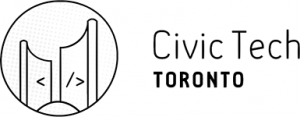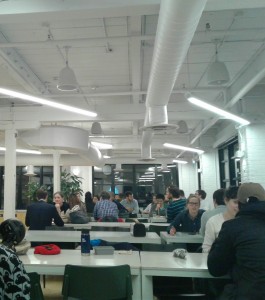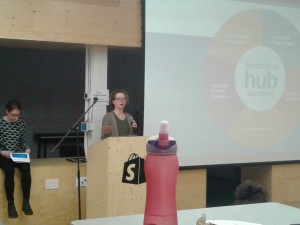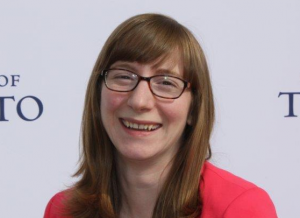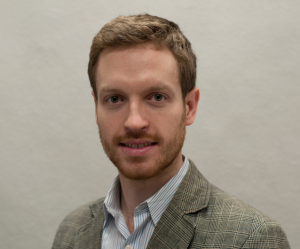 Guest Post by: Scott McAuley, Communications Coordinator at UofT’s Impact Centre
Guest Post by: Scott McAuley, Communications Coordinator at UofT’s Impact Centre
The desire to enable innovation is all around us. From university campuses to corporate headquarters to government chambers, new programs are springing up that are designed to help bring ideas into reality, and reality into practice. The University of Toronto is no different. The University has always been an innovator, from the isolation of insulin to creating the pacemaker, but today’s technologies and markets provide new opportunities that require a new way of thinking.
The Impact Centre is a research institute at the University of Toronto that is dedicated to bringing science to society. We create and deliver events, programs and courses that are all designed to introduce students to innovation and entrepreneurship as well as give them the support they need to make those dreams a reality.
Some recent and upcoming programs:


